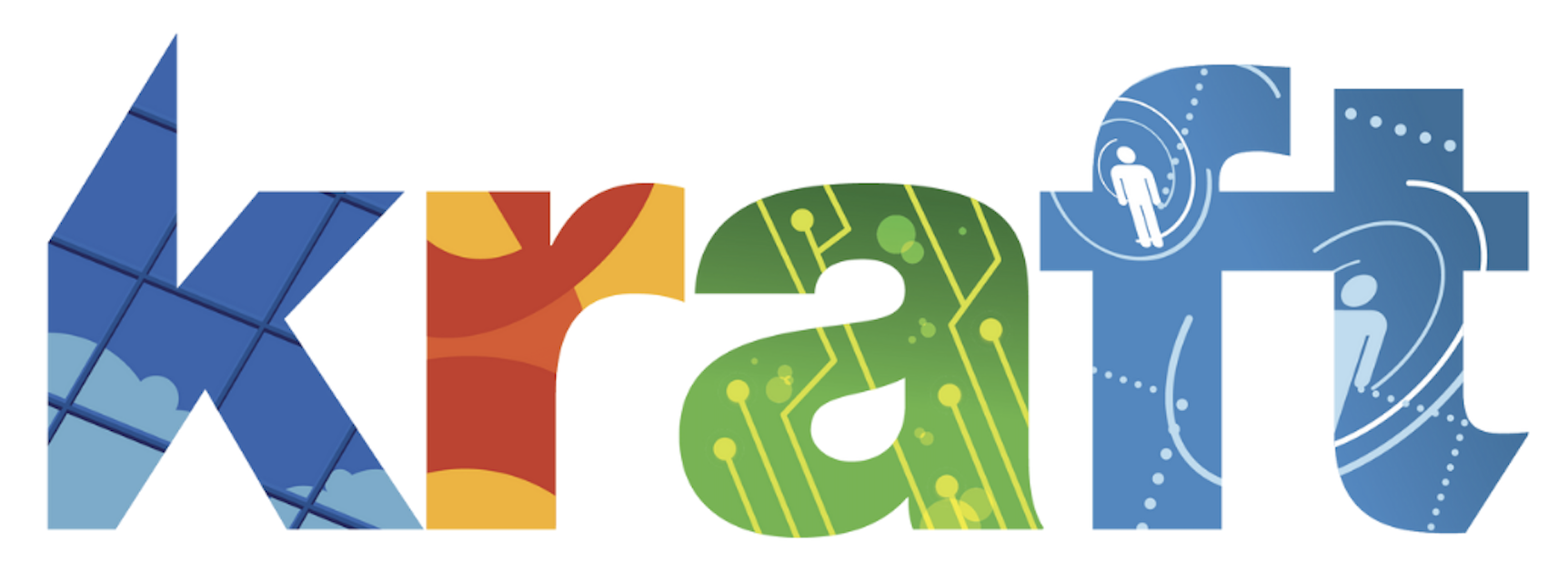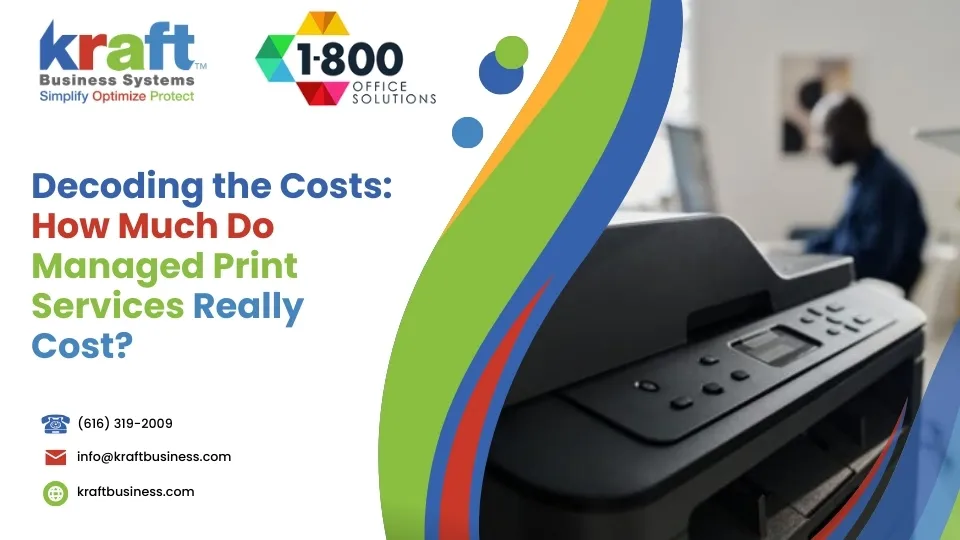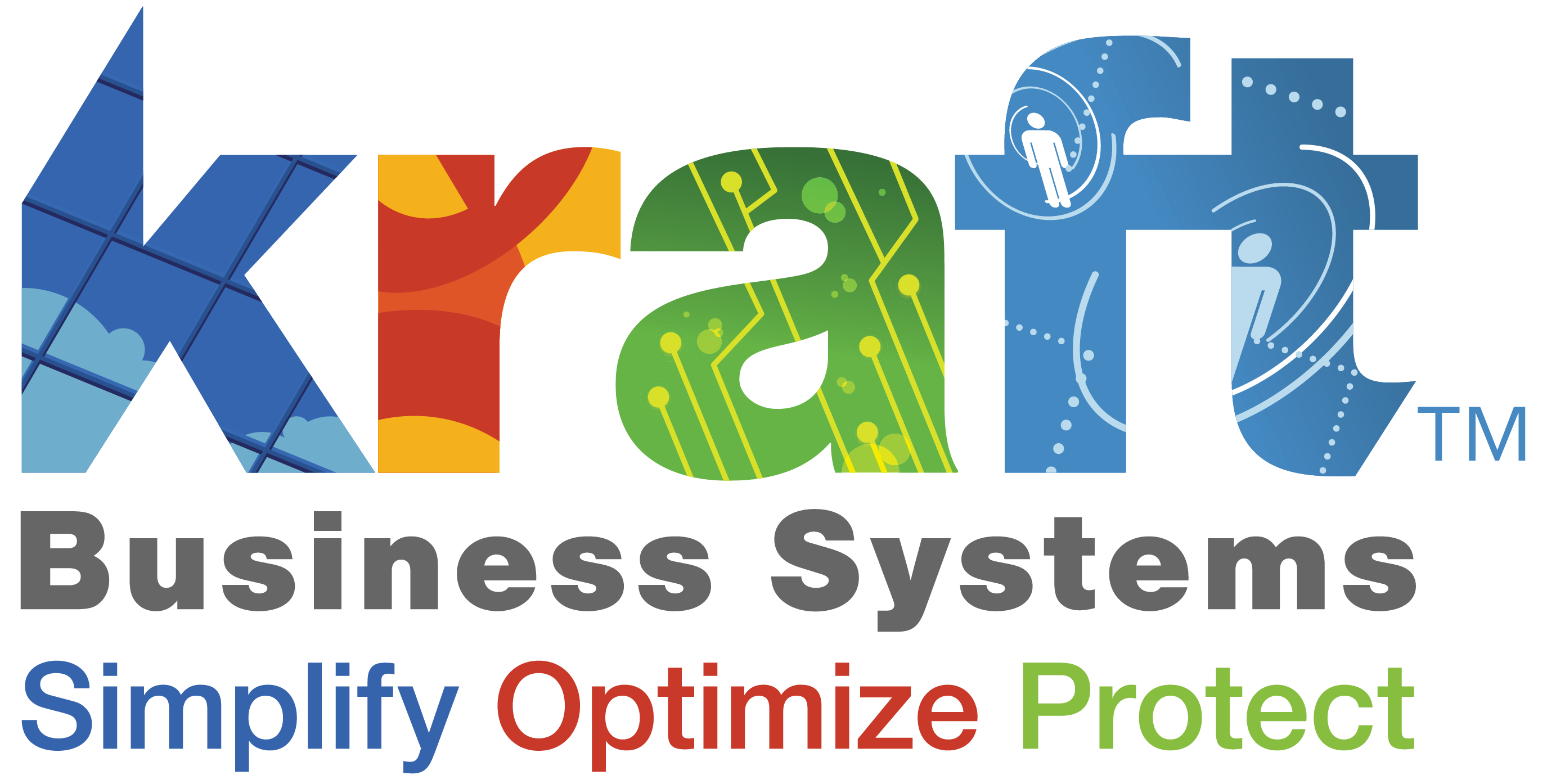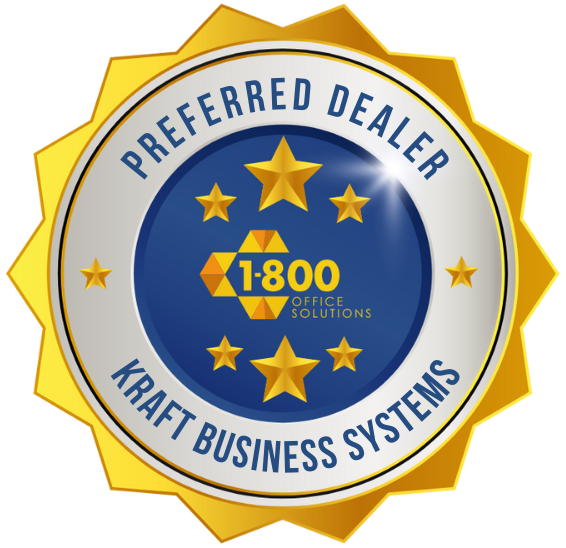When considering the cost structure of managed print services cost, it’s crucial to understand that pricing isn’t a one-size-fits-all. Your expenses can vary significantly based on several factors such as print volume, service level agreements, and device efficiency. Though there’s no fixed price tag, here are some core components that typically influence the cost alongside your provider’s pricing model.
- Print Volume: Heavy print users may see different costs than those with minimal print needs.
- Pricing Models: Options include cost-per-print, cost-per-user, or cost-per-device.
- Service Levels: More extensive service contracts, covering maintenance and support, might lead to higher costs.
In business, managed print services typically offer a balanced approach that combines efficiency with predictable cost patterns. By engaging with this service, businesses can shift the management of print-related tasks to experts, allowing them to focus on more pressing priorities.
Easy managed print services cost word list:
Understanding Managed Print Services Cost
When diving into the managed print services cost, it’s important to grasp how various elements affect pricing. Let’s break down the key factors: cost per page, differences between black-and-white and color printing, and print volume.
Cost Per Page
The cost-per-page (CPP) model is a popular choice for many businesses. It offers transparency by aligning costs directly with actual usage. In this model, you pay for each page printed, which can range from a fraction of a cent for black-and-white pages to higher rates for color prints.
Black-and-White vs. Color
Black-and-white printing is generally more cost-effective. The click rate for black-and-white prints often falls between $0.003 and $0.05 per page. In contrast, color printing tends to be more expensive due to the additional ink and toner required. The rate for color prints can be significantly higher, reflecting the broader price range and the complexity of producing vibrant colors.
Print Volume
Your print volume plays a crucial role in determining overall expenses. Businesses with high print volumes may benefit from lower per-page rates. This is because providers often offer discounts for bulk printing. On the other hand, companies with lower print needs might find themselves paying more per page.
Understanding your organization’s monthly print volume—both black-and-white and color—is essential. This helps in selecting the right MPS agreement and avoiding overage fees, which can occur if you exceed your contracted print volume.
By considering these factors, businesses can make informed decisions about their printing needs and manage costs effectively. This paves the way for exploring different pricing models and service agreements that best fit their operational requirements.
Key Factors Influencing MPS Pricing
When evaluating the managed print services cost, consider several key factors that influence pricing. Let’s dig into these factors: print volume and usage, device fleet composition, and service level agreements.
Print Volume and Usage
Print volume is a significant factor in determining MPS costs. The more your organization prints, the more you can potentially save on a per-page basis. Providers often offer lower rates for higher monthly volumes, making bulk printing more cost-effective.
It’s also important to differentiate between black-and-white and color printing. Black-and-white prints are typically cheaper, while color prints can cost more due to the additional resources required. Understanding your organization’s monthly volume and the mix of black-and-white versus color prints can help tailor the MPS agreement to your needs.
Device Fleet Composition
The makeup of your device fleet—including the types, ages, and maintenance needs of your printers—directly impacts costs. Older devices might require more frequent repairs and maintenance, driving up expenses. In contrast, newer and more efficient models often incur lower operational costs.
A diverse fleet with various brands and models can also complicate maintenance and supply management, potentially increasing costs. Streamlining your fleet to include more uniform and efficient devices can lead to cost savings and improved efficiency.
Service Level Agreements
The Service Level Agreement (SLA) you choose will significantly influence your MPS pricing. SLAs can range from basic to comprehensive, with varying levels of support and maintenance services. A basic SLA might cover routine maintenance, while a more extensive agreement could include all repairs and supply management.
Selecting the right SLA involves balancing cost and the level of service you require. A comprehensive SLA can offer peace of mind by reducing unexpected expenses and ensuring consistent support. However, it may come at a higher cost than a more basic agreement.
By understanding these key factors—print volume, device fleet composition, and service level agreements—businesses can make informed decisions about their MPS needs. This knowledge helps in selecting the most suitable services and agreements, paving the way for cost-effective and efficient print management.
Next, we’ll explore different pricing models and how they can align with your business requirements.
Managed Print Services Pricing Models
When considering managed print services cost, understanding the two main pricing models—Fixed Fees and Cost-Per-Page (CPP)—is crucial. Each model offers distinct advantages that cater to different business needs.
Fixed Fees Model
The Fixed Fees Model provides predictability and simplicity. You pay a set amount each month, regardless of your actual print volume. This flat rate makes budgeting straightforward, as you know exactly what to expect in your monthly expenses.
Benefits of the Fixed Fees Model:
- Predictable Costs: No surprises, making it easier to plan your budget.
- Budgeting Ease: Consistent monthly payments help maintain financial stability.
- Simplicity: A straightforward approach without the need to track usage closely.
However, this model might not be ideal if your print volume is lower than anticipated. You could end up paying for more than you use, as providers often include a safety margin to cover potential fluctuations.
Cost-Per-Page Model
The Cost-Per-Page (CPP) Model offers transparency and aligns costs directly with your usage. You pay for each page printed, making it a popular choice for businesses with variable or seasonal print volumes.
Benefits of the CPP Model:
- Transparency: Clear understanding of where your money goes, as you only pay for what you print.
- Usage Alignment: Costs are directly tied to actual usage, preventing overpayment.
- Flexibility: Ideal for businesses with fluctuating print needs, ensuring you only pay for what’s used.
With CPP, you get distinct rates for black-and-white and color prints, which allows for more precise cost management according to your print requirements. This model is particularly beneficial for companies seeking to avoid the risk of overpayment and those looking for a more adaptable solution.
By choosing the right model, you can ensure your managed print services align with your business’s operational goals and financial considerations. Next, we’ll dig into additional considerations for MPS, such as security management and print management software.
Additional Considerations for MPS
When exploring managed print services, it’s not just about choosing the right pricing model. There are other crucial factors to consider, like security management and print management software.
Security Management
Printers and copiers are often overlooked as potential security risks. Yet, without proper safeguards, they can be gateways for cyberattacks. Many organizations underestimate this vulnerability, but the consequences of a data breach can be severe, leading to financial losses and reputational damage.
Managed Print Services (MPS) providers can help mitigate these risks by implementing robust cybersecurity measures. This includes device monitoring to detect and address any security irregularities. With constant surveillance, MPS ensures that any potential threats are identified and neutralized swiftly, keeping your data secure.
Print Management Software
Another key aspect of MPS is print management software. This software plays a vital role in usage tracking and cost control, allowing businesses to monitor printing habits and identify areas where they can cut back on waste.
Many MPS providers offer software that can track which employees are printing the most, helping you set limits and reduce unnecessary costs. This feature is especially valuable for organizations looking to optimize their print environment and save money in the long run.
On-Site Labor
Some MPS agreements include on-site labor as part of their service package. This can range from regular visits by technicians to having a full-time representative at your location. On-site labor ensures that any issues with your printer fleet are addressed promptly, minimizing downtime and keeping your operations running smoothly.
By considering these additional elements, you can improve the efficiency and security of your print environment while also controlling costs. Let’s explore some frequently asked questions about managed print services cost.
Frequently Asked Questions about Managed Print Services Cost
How much does managed print services cost per page?
The cost per page for managed print services can vary widely. Generally, you might see prices ranging from a fraction of a cent to several cents per page. This variation depends on several factors like the type of print job (black-and-white vs. color) and the volume of prints your business handles. High-volume environments often benefit from lower per-page costs due to economies of scale.
What factors affect the cost of managed print services?
Several key elements influence the managed print services cost:
- Print Volume: Higher print volumes typically result in lower per-page costs.
- Device Fleet Composition: The types and ages of your printers affect maintenance needs and efficiency. Older devices might cost more to maintain.
- Service Level Agreements (SLAs): The level of service you choose, from basic maintenance to comprehensive support, will impact your overall costs.
- Geographic Spread: Managing devices across multiple locations can add complexity and cost to your MPS.
Should I choose a flat fee or cost-per-page model?
Choosing between a flat fee and a cost-per-page model depends on your business’s unique needs:
- Flat Fee Model: Offers predictable monthly costs, making budgeting easier. However, if your print volume is lower than expected, you might pay more than necessary.
- Cost-Per-Page Model: Aligns your expenses with actual usage, providing transparency and potentially lower costs for fluctuating print volumes.
Consider your organization’s print habits and financial goals when deciding which model suits you best. Both options have their advantages, so evaluate what aligns with your operational needs.
Conclusion
At Kraft Business, we understand that managing print costs can be a complex task. Our managed print services are designed to simplify this process and deliver significant cost savings. By tailoring solutions to fit your unique needs, we help you optimize your print environment without compromising on quality or security.
Cost Savings: Our MPS solutions offer substantial savings by reducing waste, improving efficiency, and managing your print fleet effectively. Whether through a cost-per-page model that aligns with your actual usage or a fixed fee model for predictable budgeting, we ensure that you get the best value for your investment.
Custom Solutions: We provide personalized MPS plans that cater to your specific business requirements. From device selection to service level agreements, we work closely with you to create a print management strategy that aligns with your goals. Our expertise helps you choose the right mix of devices and services, ensuring seamless integration with your existing infrastructure.
Partnering with Kraft Business means gaining access to a team of industry experts dedicated to enhancing your print environment. We focus on delivering innovative and secure technology solutions that address your business challenges head-on.
Ready to transform your print operations? Explore our Managed Print Services to see how we can help you achieve greater efficiency and cost savings. Let’s work together to create a print management plan that works for you.
